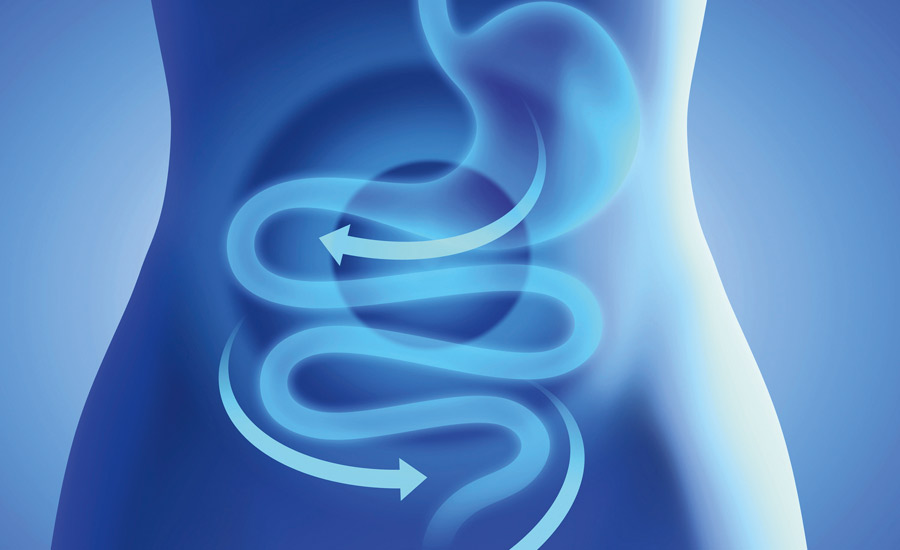
Differences in the bacterial make up of breast tissue in those with breast cancer point to the existence of a “microbiome” within the breast as well as the prospect of probiotic use in the battle against this disease. There are over 400 species of bacteria in your belly right now that can be the key to health or disease. Health care of the future may include personalized diagnosis of an individual’s “microbiome” to determine what probiotics are needed to provide balance and prevent disease. Findings from the US study reveal healthy breast tissue contains more of the bacterial species Methylobacterium, a species known to produce phytohormones that exert an anti-cancer effect. “To my knowledge, this is the first study to examine both breast tissue and […] Read More


